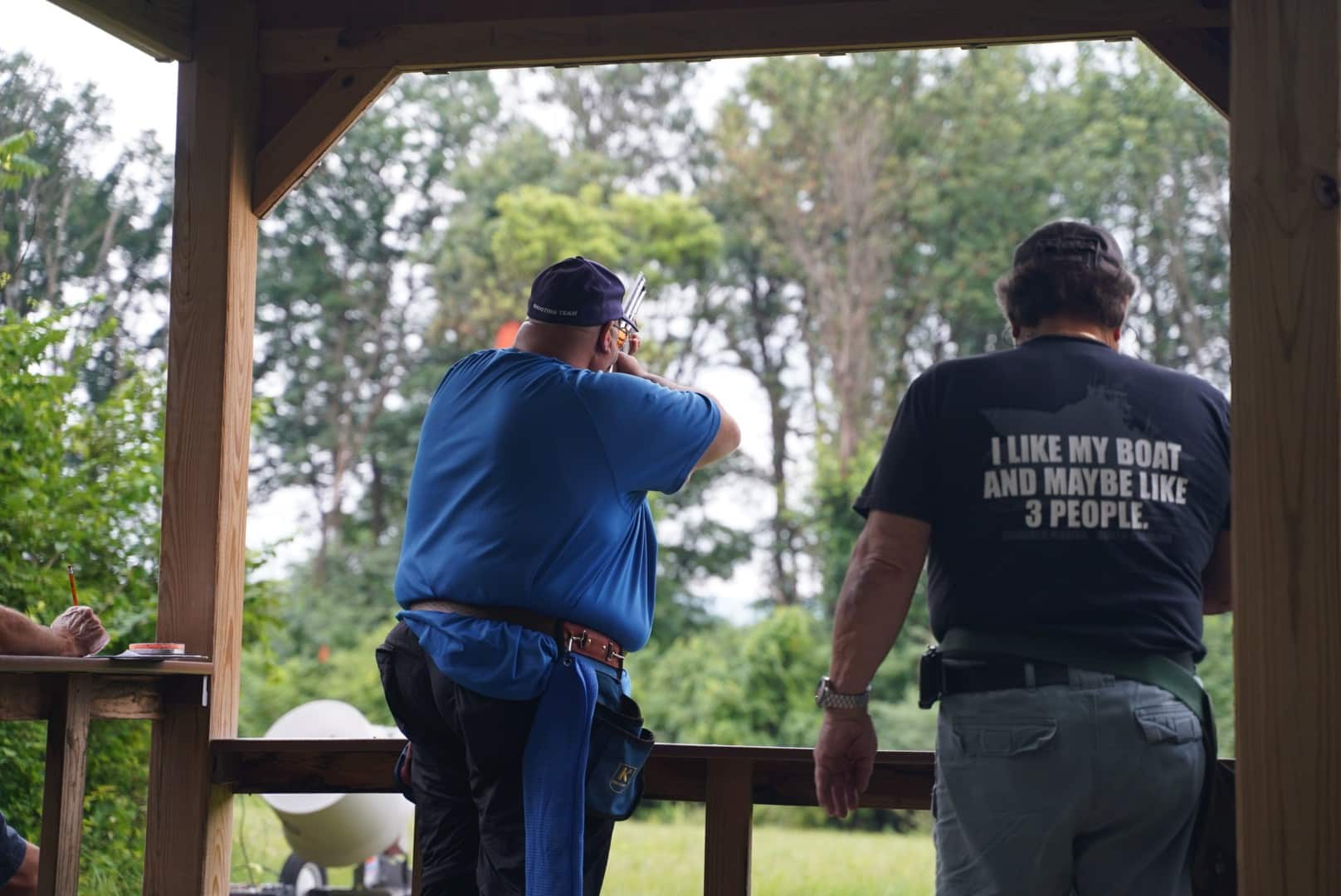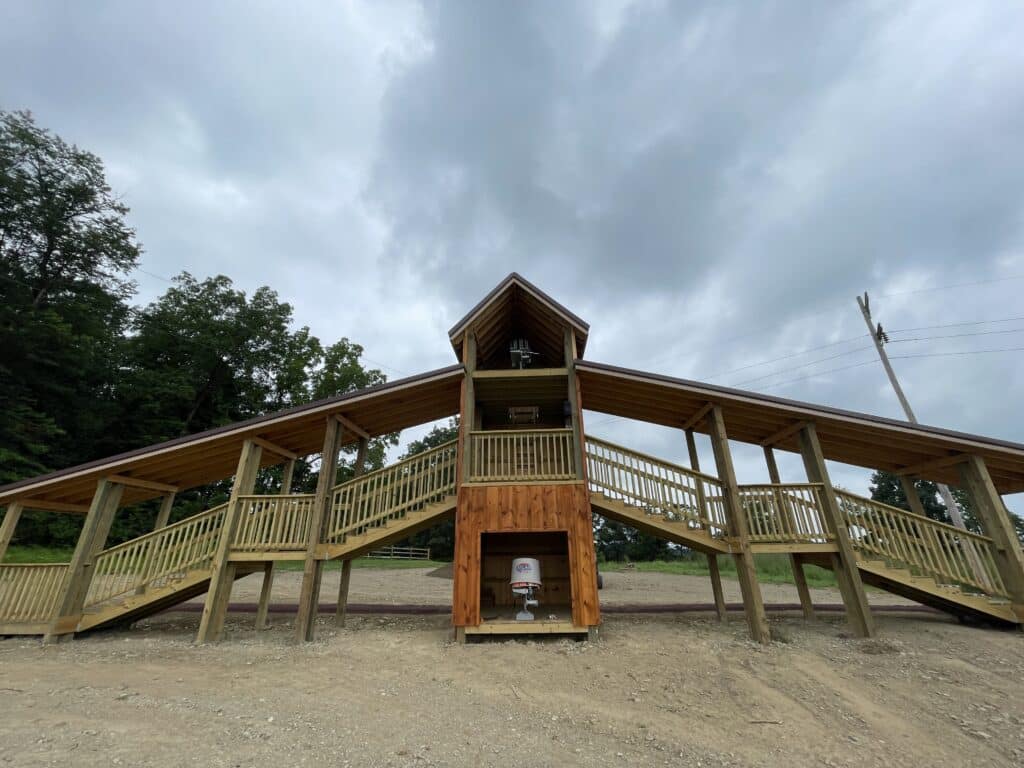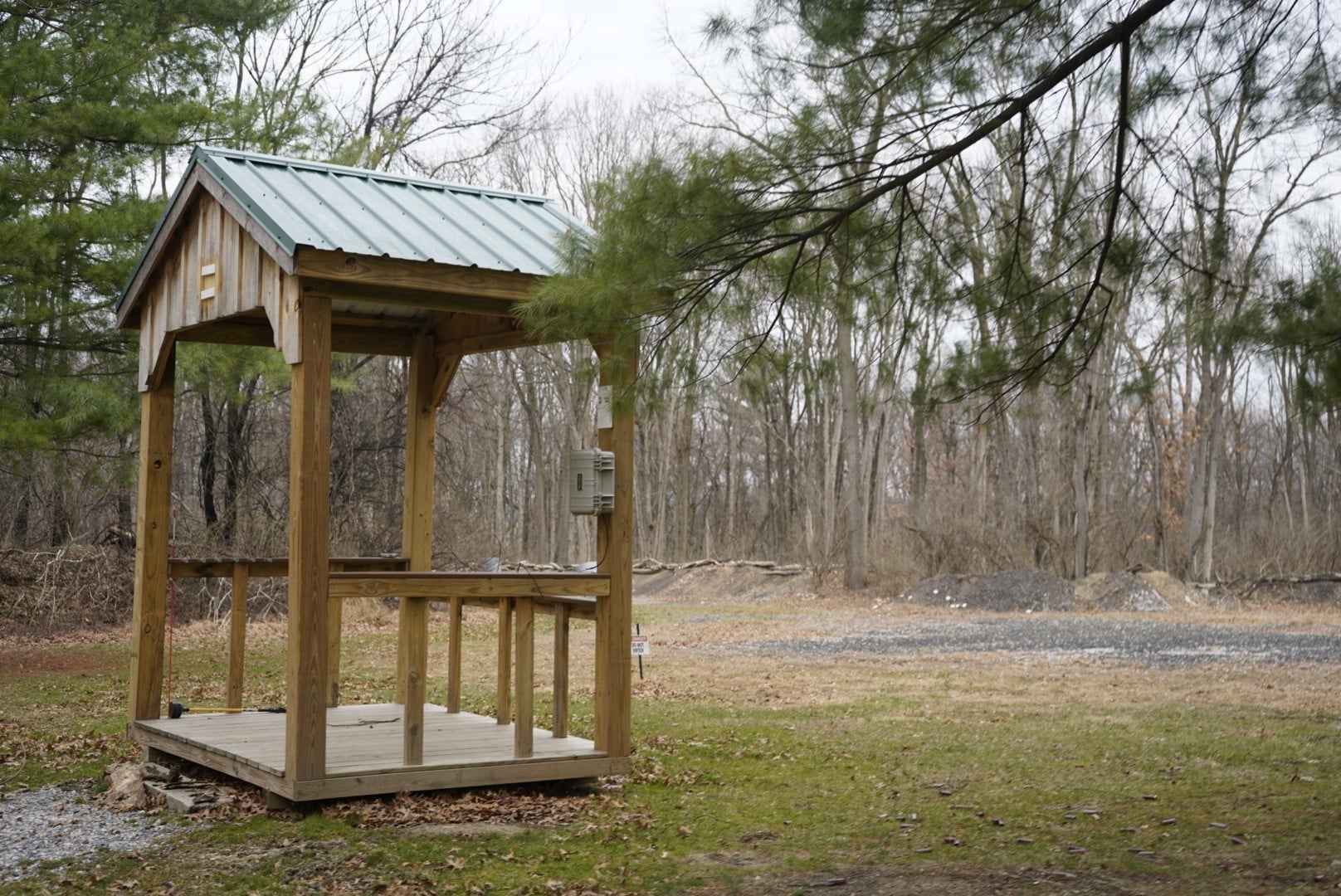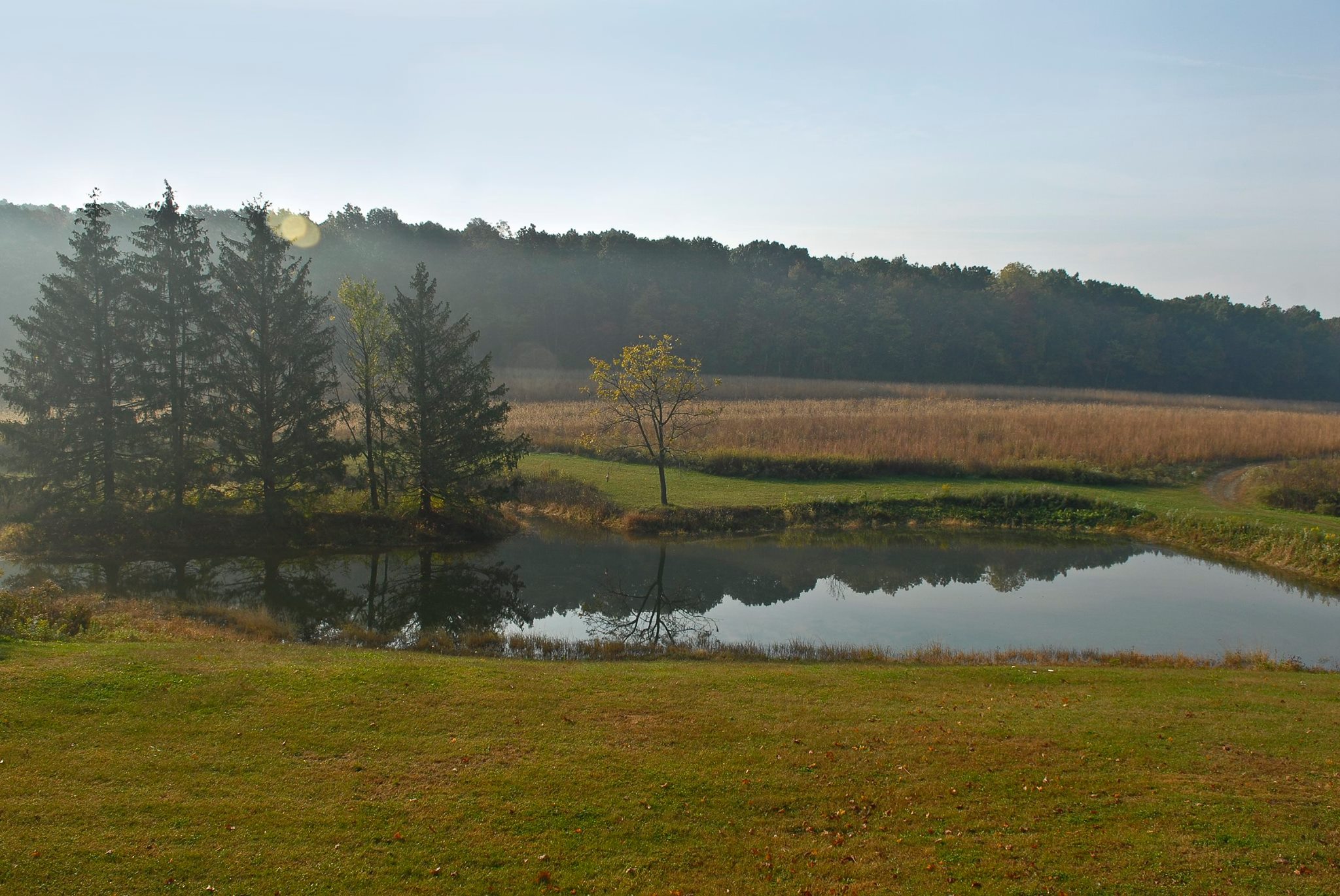
This guide covers essential safety protocols, range rules, and protective equipment that keep clay shooters safe during every shooting event. Master these rules and shoot with confidence.
General Firearm Safety Principles
Every clay shooter must master the four basic rules of firearm safety before stepping onto a shooting range. These rules form the foundation of safe gun handling and help prevent accidents that could harm shooters or bystanders.
- Treat every gun as if it’s loaded. Always assume a shotgun contains live ammunition, even after checking the chamber. Many shooting accidents occur with firearms believed to be unloaded.
- Keep the muzzle pointed in a safe direction. Never aim the barrel at anything you don’t intend to shoot. Maintain proper muzzle control while moving between stations or handling equipment.
- Practice trigger discipline. Keep your finger off the trigger until you are ready to fire at a clay target. This prevents accidental discharges during mounting, aiming, or target acquisition.
- Identify your target and what’s beyond it. Always be aware of the clay target’s flight path and the area behind it. Even in controlled ranges with clear boundaries, understanding what lies beyond ensures safety for everyone.
Safety is not accidental—it comes from careful attention to detail and consistent practice of proper procedures. These rules apply universally across trap, skeet, and sporting clays, making them essential for all shotgun sports.
Range-Specific Safety Rules
In addition to general firearm safety, range officers enforce specific rules that competitors must follow during clay shooting events. These protocols ensure everyone’s safety and smooth operation at the shooting stations.
- Keep firearms unloaded until at the station. Shotguns should remain unloaded while moving between stations. Range officers may inspect firearms before competitors take their positions.
- Show clear when approached. Open the action or remove the bolt so officials can verify the gun is empty.
- Load only on command. Do not load shells until explicitly instructed by the range officer at your shooting station.
- Point firearms downrange or skyward. Muzzles must always stay directed toward designated target areas. Avoid side-to-side movement with loaded guns.
- Cease fire immediately when ordered. Stop shooting instantly, open your action, and step back until receiving further instructions.
- Report misfires or equipment issues promptly. Faulty ammunition or mechanical problems must be addressed by qualified personnel. Do not attempt repairs yourself.
- Follow loading limits per discipline. Trap, skeet, and other events have specific shell restrictions (e.g., two shells in trap and skeet).
- Respect shooting station boundaries. Stay within marked areas to prevent interference with other shooters and maintain organized competition flow.
Personal Safety Equipment
Personal safety equipment forms the foundation of accident prevention at any shooting range. Eye protection shields shooters from flying clay fragments and hot shell casings that can cause serious injuries.
Safety glasses or shooting glasses with wraparound designs provide the best coverage for clay target sports. Ear protection prevents permanent hearing damage from repeated shotgun blasts, which can reach dangerous decibel levels during shooting events.
Proper clothing choices enhance safety during clay shooting activities. Closed-toe shoes protect feet from hot brass casings and provide stable footing at shooting stations. Long pants shield legs from ejected shells and potential burns.
A shooting vest with shell pouches keeps ammunition organized while providing an extra layer of protection. Range officers often require specific protective gear before allowing competitors to participate in shooting regulations.

Etiquette and Behavior on the Range
Good etiquette starts before picking up a shotgun. Shooters should move calmly and deliberately between stations, avoiding sudden movements that could distract others or create unsafe situations.
Always follow the facility’s posted rules and procedures. Load shells only at designated shooting stations and keep firearms pointed downrange at all times.
Help maintain the range by picking up spent shells and disposing of them in designated containers. Respecting both the facility and fellow shooters ensures a safe, organized, and enjoyable clay shooting experience for everyone.
Learning and Practicing Safety
Safety becomes second nature through consistent practice and proper education. Shooters should focus on building strong firearm habits and understanding clay shooting protocols.
- Practice dry-fire exercises at home with an unloaded shotgun to develop muscle memory for safe handling.
- Observe experienced shooters to see proper etiquette and safety procedures in action.
- Review facility rules and competitor guidelines thoroughly before participating in any events.
- Schedule private shotgun lessons to reinforce safe techniques and develop confidence in handling firearms.
By combining education, observation, and repetition, shooters can maintain a safe environment while improving their skills.
Conclusion
Safety is the cornerstone of every successful clay shooting experience. By mastering general firearm principles, following range-specific protocols, wearing the proper protective gear, and practicing consistently, shooters can focus on improving their skills with confidence.
At Wing Pointe, we prioritize safety alongside enjoyment, ensuring that every shooter—whether a beginner or seasoned competitor—can participate in five-stand, skeet, and sporting clays in a welcome environment. By combining awareness, proper technique, and respect for the rules, every visit to Wing Pointe becomes both safe and rewarding.
Recent Posts

How to Prepare for Your First Time Shooting Clays

Safety Rules Every Clay Shooter Should Know


